Looking Ahead: The Future of Web Accessibility in 2024
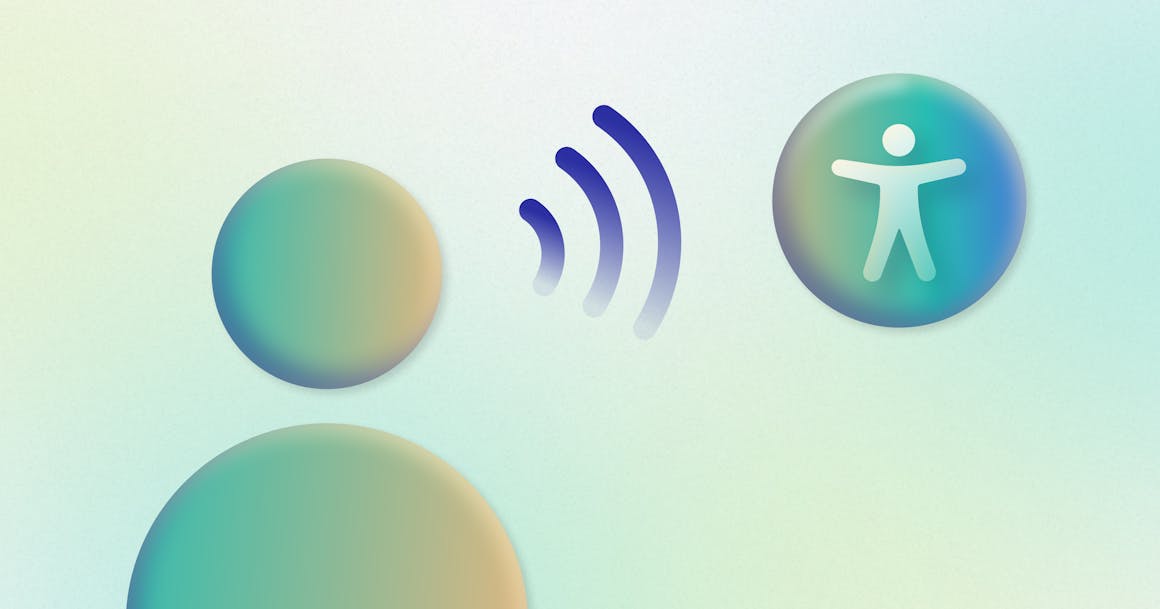

Ready to see AudioEye in action?
Watch Demo
In this post, AudioEye A11iance Advocate Kristin Miller talks about the importance of equal access for all — and shares tips on how businesses can use technology and expert human testers to help deliver more inclusive, accessible digital experiences.
What comes to mind when you hear the term “Accessibility?” Perhaps you think of a wheelchair ramp outside a public building or signs with braille posted outside business doors. What might not immediately cross your mind is online accessibility— encompassing websites, social media, and even mobile banking. Accessibility means giving disabled individuals the ability to do everyday tasks without having to navigate through obstacles or rely on others.
While digital access has come a long way, there are still miles to go to create seamless inclusion for all. Websites have issues such as layouts that are challenging for screen readers to navigate, unlabeled buttons, or combo boxes that people with visual impairments can’t interact with properly to complete simple tasks such as shopping or scheduling appointments.
With artificial intelligence (AI), the advancements we have seen in 2023 offer promising prospects for 2024. AI is already proving valuable for the blind population. With careful development, it can drastically improve the lives of many with input from the disabled community on how it can best serve their needs. Improvements in alt text, aided by AI, can contribute to this progress. Platforms like Facebook are already utilizing a form of AI to describe pictures automatically, albeit with minimal details. Enhancements in this area hold promise for a more inclusive digital environment.
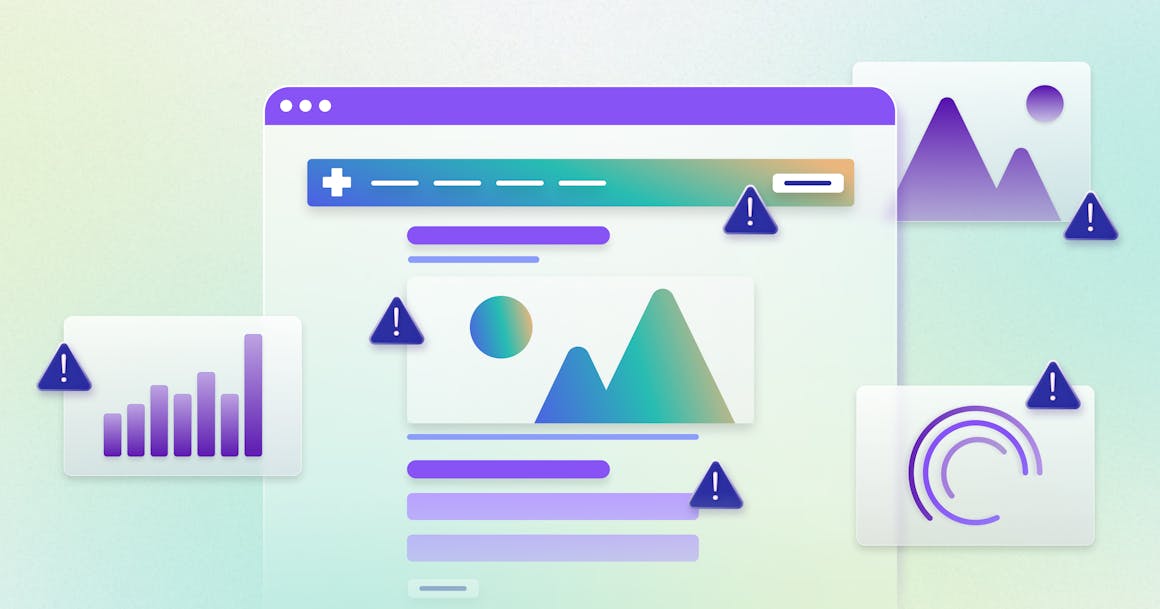
As a Digital Accessibility Consultant for AudioEye, I test websites to help make them more accessible for users with visual impairments like me. AudioEye helps businesses ensure their websites meet the latest accessibility standards. AudioEye believes all websites should be accessible to people with visual, cognitive, or learning disabilities. This includes options to modify font, background color, and seamless integration with screen reading software. Features like clearly labeled buttons, combo boxes, easily located headings, and helpful page landmarks are basic aspects of this commitment. The principle remains that individuals with disabilities are entitled to access information in the same manner as their non-disabled counterparts.
A helpful description of pictures on a page is important for visually impaired users. Whether it be a logo for the company, a photo of a product for sale, or pictures to give the website visual appeal, people with visual impairments appreciate the ability to see the details in their minds. With its current capabilities, AI provides a straightforward method for providing this access without obscuring the image. Alt text enables visually impaired website visitors to access the same information as sighted peers.
It is possible to add code to your website that can automatically provide generated photo descriptions similar to Facebook. This is useful to me as a blind internet user and a tool I find most useful when scrolling through Facebook or other social media sites and apps. I can know what a meme says and what the image might be; in this way, I know if it's something I’d like to share with my followers. With built-in AI features, I don’t always get the full extent of the details, but I can screenshot the post and upload that image to an app such as Be My Eyes to better describe the picture. This app has recently added an AI feature, so Blind and VI persons can submit their pictures, receive a detailed description, and even ask for more details about specific photo features from AI. I look forward to the day when automatic AI can take a photo I post to my social media and provide that information without me having to take the extra step to run that picture through an external app. The technology is there; we need to incorporate it into everyday tasks more efficiently.
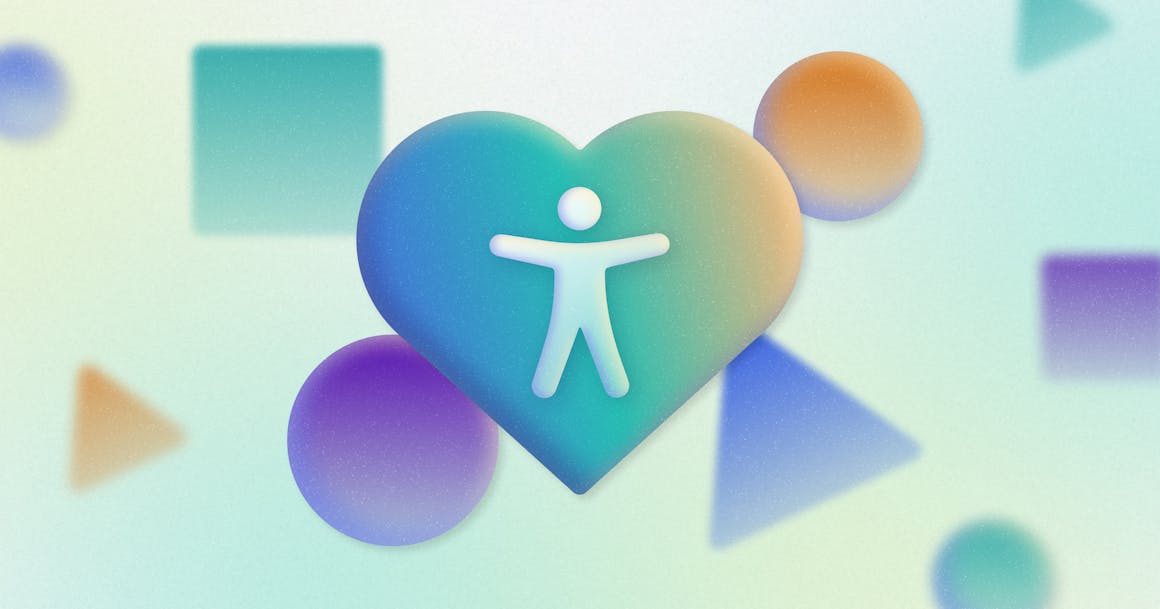
Working with AudioEye has shown me what an inclusive workplace should be like. Accessibility should be put in the foreground; one size does not always fit all. They strive to meet each contractor at their unique ability level and provide multiple tasks so that anyone has the chance to succeed with them. They are a true example of how inclusion and accessibility are absolutely obtainable for all. By involving blind and visually impaired contractors in testing and providing feedback, AudioEye actively works toward breaking down accessibility barriers. I am proud to be a part of such a wonderful company, and I look forward to helping bring complete accessibility to the world, one website at a time.
There has been progress in building a more accessible world, with companies like AudioEye leading the way. While AI holds promise for addressing accessibility barriers, I do not believe that AI should ever take the place of human interaction. People's continued involvement is crucial in advocating for accessibility, testing, developing solutions, and ensuring technologies promote inclusivity. As we look toward 2024 and beyond, let's collaborate to prioritize accessibility and create a better, more inclusive world for everyone.
Ready to see AudioEye in action?
Watch Demo
Ready to test your website for accessibility?
Share post
Topics:
Keep Reading
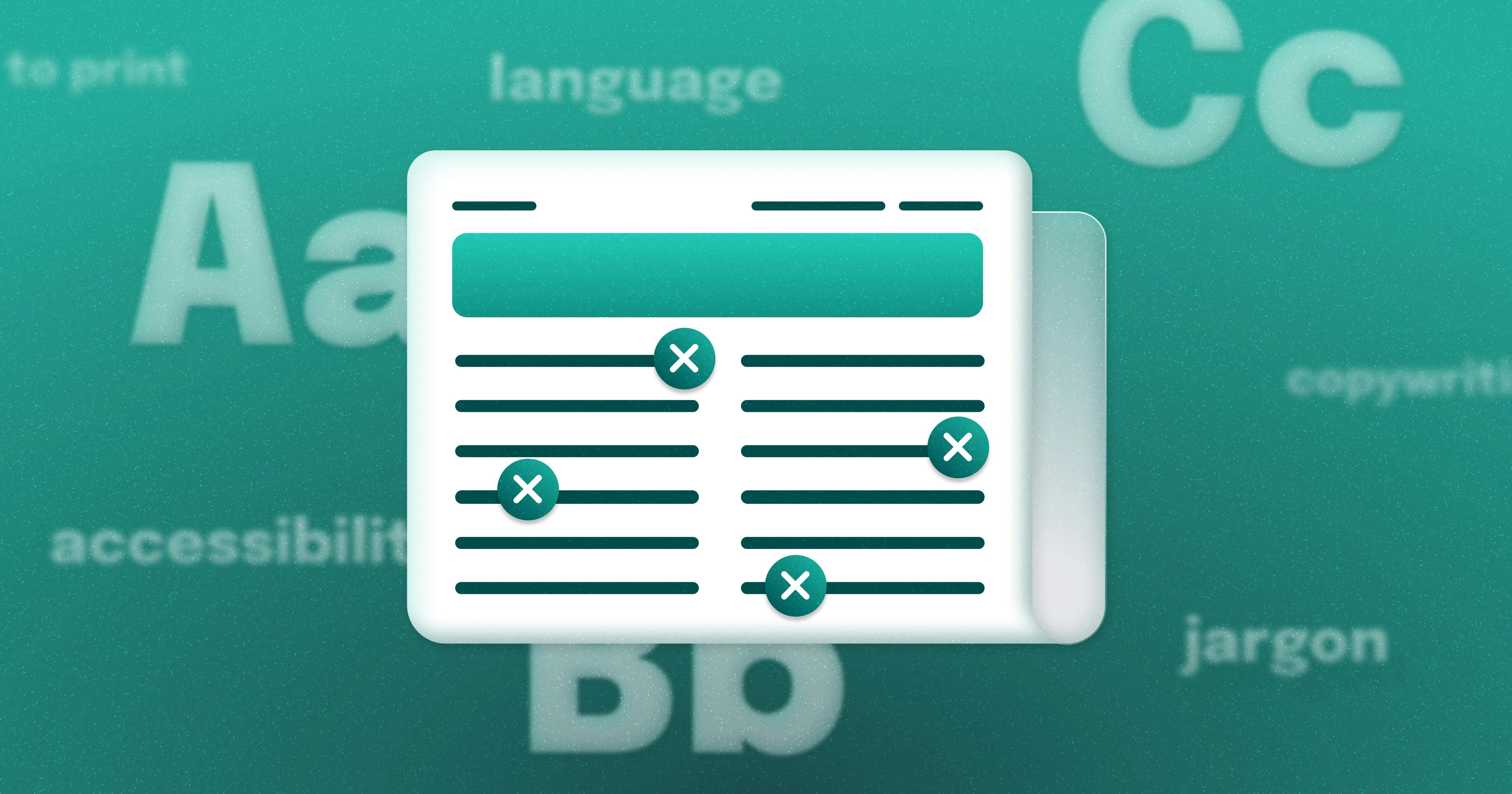
Newsletter Best Practices for Screen Reader Use
Newsletters are a common tool used in marketing teams. Discover how to make these content types more accessible for individuals with disabilities from AudioEye A11iance Member Jessica Phillips.
community
March 27, 2025
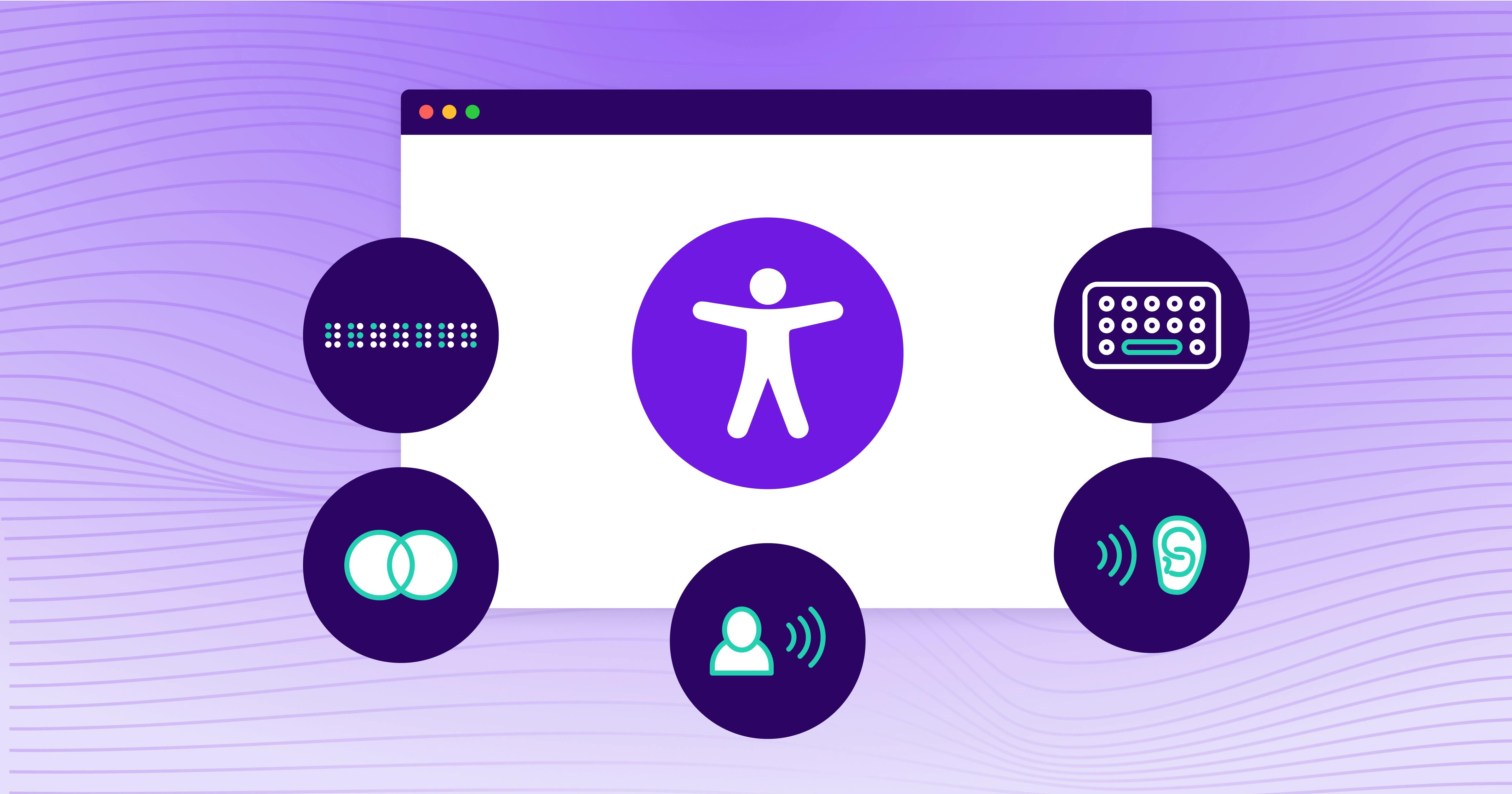
Types of Assistive Technology Tools
Learn about the different assistive technologies that people with disabilities use to browse your website and how you can increase compatibility with them.
community
February 08, 2025
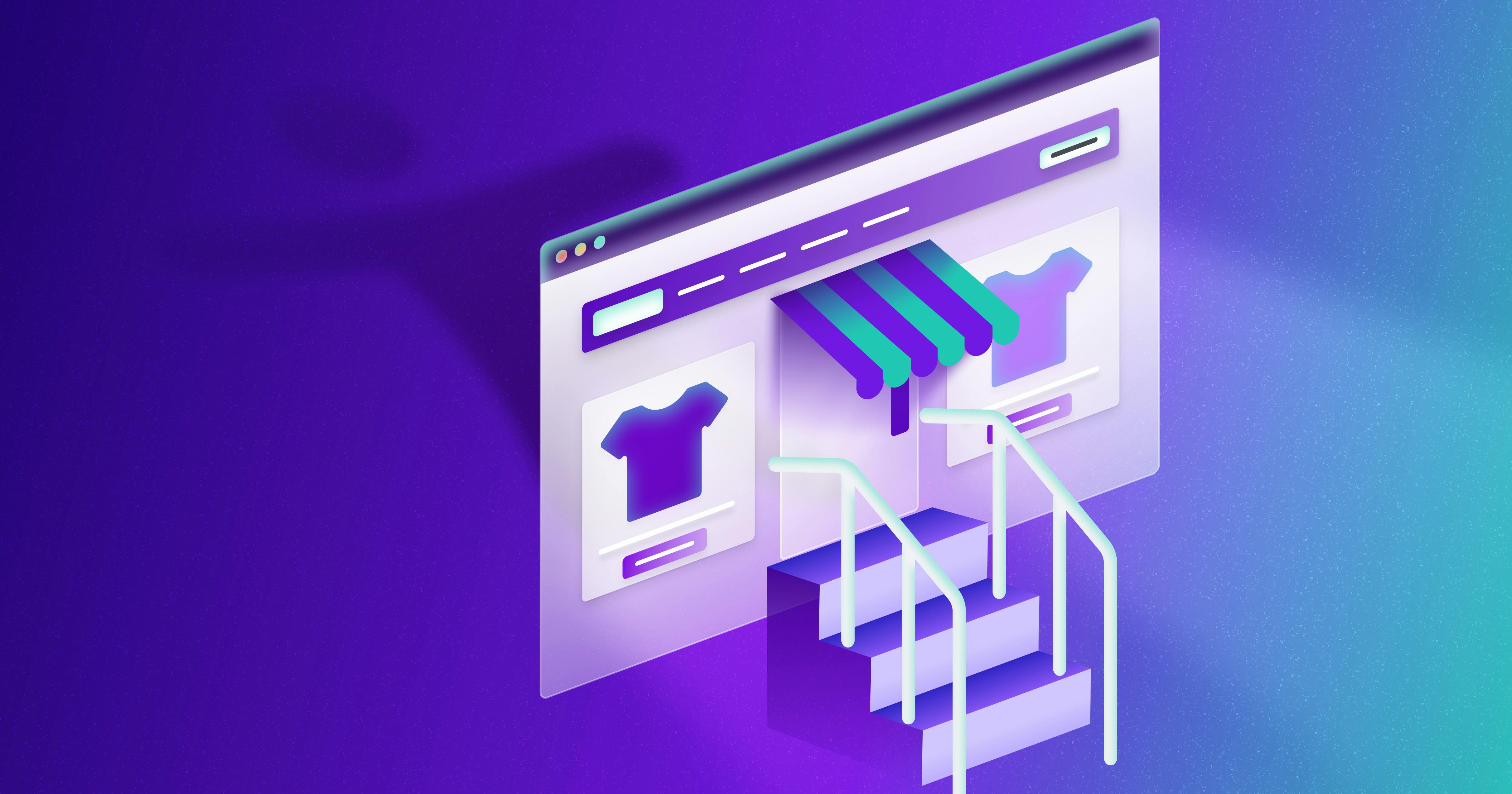
What It’s Like to Shop Online When You’re Blind
Online shopping is often frustrating and inaccessible for blind users, but accessibility fosters confidence and loyalty.
community
January 21, 2025
